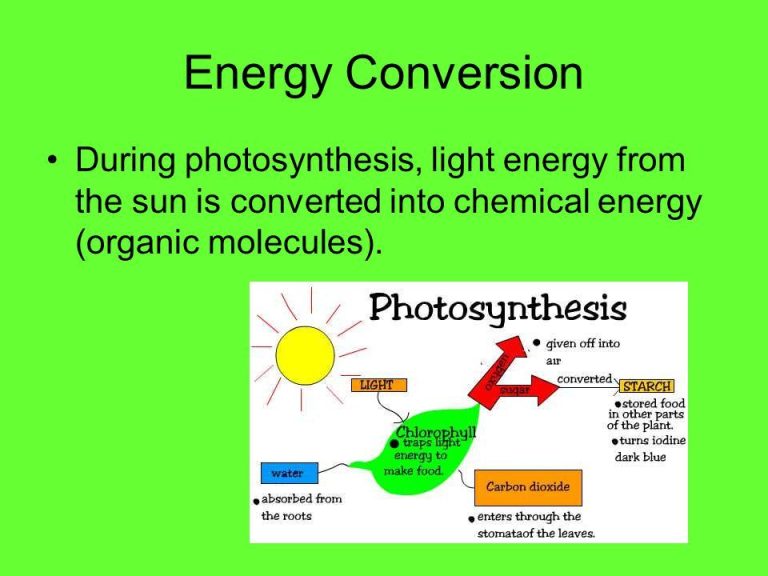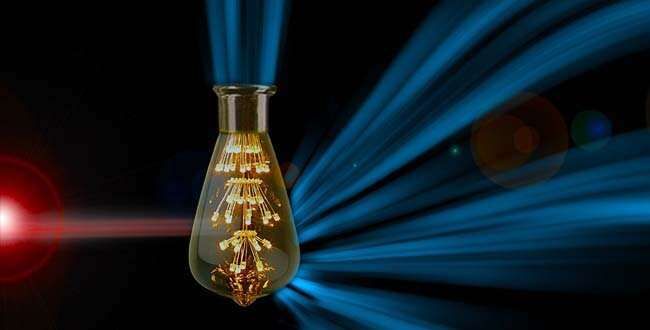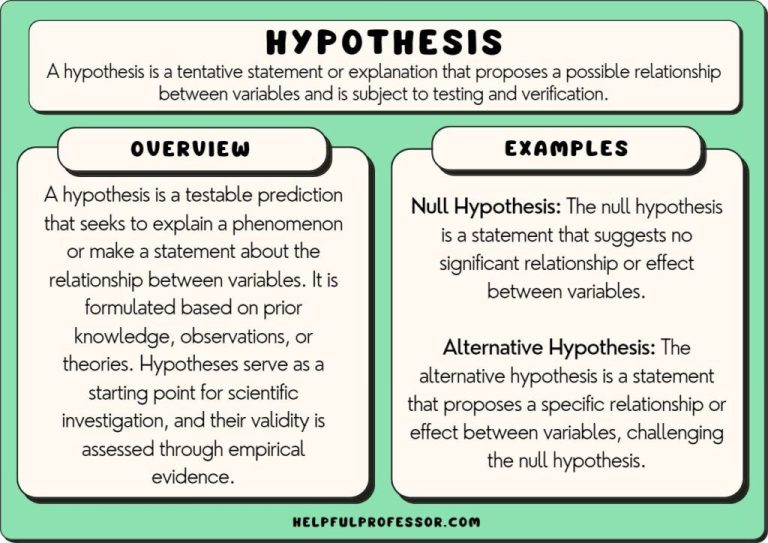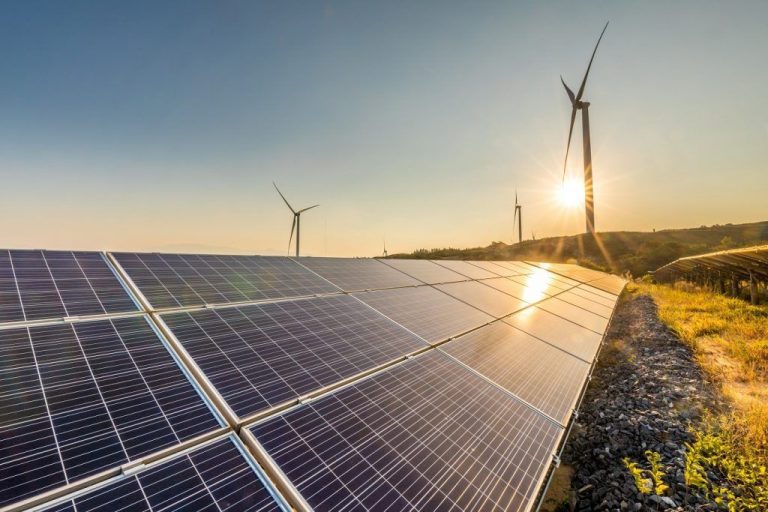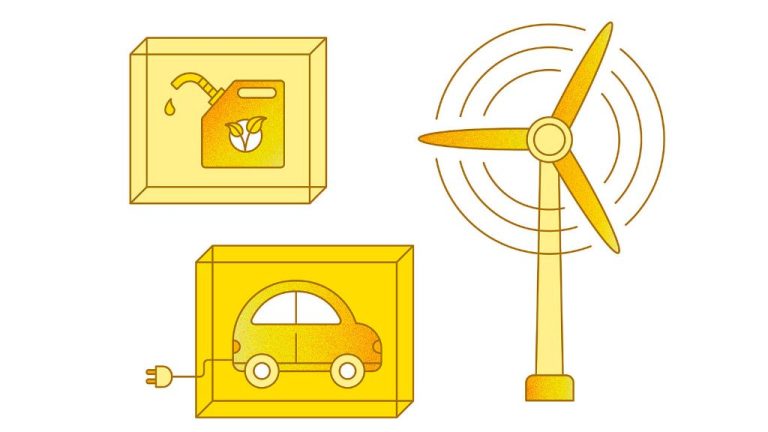What Is A Renewable Source In Simple Terms?
What is energy?
Energy in physics is defined as the capacity to do work or produce heat. It is measured in joules. Energy exists in various forms such as mechanical, thermal, electrical, chemical, nuclear and more. Mechanical energy is the energy an object possesses due to its motion or position. Examples include kinetic energy, potential energy, etc. Thermal energy is the internal energy present in substances due to molecular motion. Electrical energy is the energy derived from electric charges or fields. It can be converted into other forms of energy like heat and light.
According to the physics stack exchange community, energy is best defined as a mathematical tool to describe the capacity to do work rather than being a physical property itself. Energy is not a substance but a quantitative property like volume or pressure. The various forms of energy like thermal, kinetic are manifestations of this underlying quantity. Where this capacity comes from is still an open question in physics.
Renewable vs nonrenewable energy
The key difference between renewable and nonrenewable energy sources is that renewable energy comes from natural sources that can be replenished, while nonrenewable energy comes from finite resources that will eventually run out.
Nonrenewable energy sources like coal, oil and natural gas are formed over millions of years and cannot be replaced as fast as they are being consumed. Once these finite, nonrenewable sources are depleted, they are gone for good. On the other hand, renewable energy sources like solar, wind, geothermal and hydropower are constantly replenished and will never run out.
According to the U.S. Energy Information Administration, in 2019 about 11% of total U.S. energy consumption was from renewable energy sources, while the remaining 89% came from nonrenewable fossil fuels like petroleum, natural gas, and coal (https://www.eia.gov/energyexplained/renewable-sources/).
The finite nature of nonrenewables combined with our heavy reliance on them is unsustainable long-term. Transitioning to renewable resources that can be replenished in a short period of time is crucial to build a sustainable energy future.
Types of renewable energy
There are five main types of renewable energy sources:
Solar energy
Solar energy comes from the sun and is harnessed through solar panels. Solar panels convert sunlight into electricity that can power homes, businesses, and the electric grid (https://www.eia.gov/energyexplained/renewable-sources/).
Wind energy
Wind turbines use the wind’s kinetic energy to generate electricity. Large wind farms with many turbines now provide power to millions of homes (https://www.eia.gov/energyexplained/renewable-sources/).
Hydroelectric energy
Hydropower plants capture energy from moving water to produce electricity. Hydroelectric dams provide over 6% of U.S. electricity (https://www.eia.gov/energyexplained/hydropower/).
Geothermal energy
Geothermal power plants use heat from inside the earth to produce steam to spin turbines for electricity generation. The U.S. has over 3 gigawatts of geothermal capacity (https://www.eia.gov/energyexplained/geothermal/).
Biomass energy
Biomass refers to organic matter that can be burned to generate energy. Common examples are wood, municipal solid waste, landfill gas, and biofuels (https://www.eia.gov/energyexplained/biomass/).
Solar energy
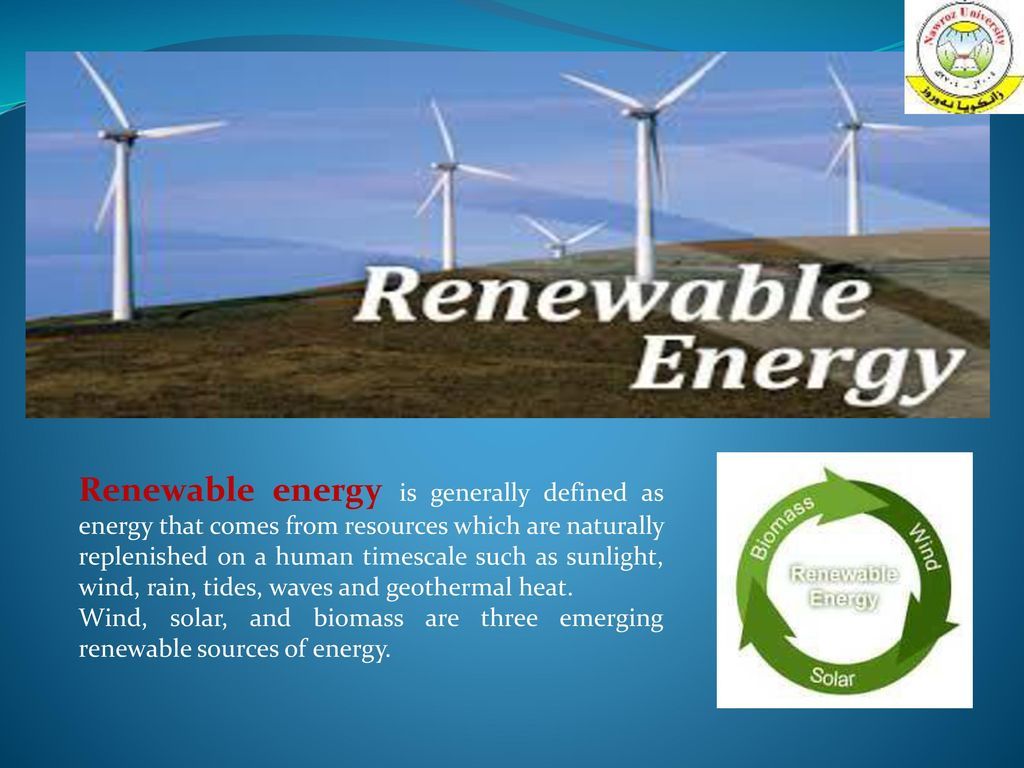
Solar energy comes directly from the sun in the form of sunlight. It is considered a renewable energy source because the sun will continue to produce sunlight for billions of years. Solar energy is converted into electricity using photovoltaic cells, which are assembled into solar panels. When sunlight hits the photovoltaic cells, it excites the electrons and causes them to release energy in the form of electricity. This process of converting light (photons) to electricity (voltage) is called the photovoltaic effect. The electricity generated from solar panels can be used to power homes, buildings, and the grid.
Solar energy can also be used for heating water and spaces inside homes and other buildings. Solar thermal collectors are used along with a heat transfer fluid to heat water or air. The heated water can be used for domestic hot water needs, space heating, or heating pool water. Solar cookers use sunlight for cooking by concentrating sunlight on cookware using mirrors.
Sources:
https://www.energysage.com/about-clean-energy/solar/
https://www.sunrun.com/how-does-solar-energy-work
Wind Energy
Wind is a form of renewable energy that is generated through the natural process of wind blowing across the earth’s surface. Wind energy is the kinetic energy generated from the movement of large volumes of air. This kinetic energy can then be converted into usable power for human consumption.
Wind turbines are used to capture the kinetic energy from wind and convert it first into mechanical energy and then into electricity. The wind turns the blades of the wind turbines, which spin a shaft connected to a generator that produces electricity. This electricity can then be fed into power grids and distributed for residential, commercial and industrial uses.
Wind power generation does not directly produce carbon emissions which makes it a clean, sustainable energy source. As of 2021, wind power accounted for approximately 9% of total U.S. electricity generation capacity, making it a major renewable energy contributor (source:https://www.scientificamerican.com/article/how-does-wind-energy-work/). The abundant availability of wind at little to no cost makes it an attractive option to produce renewable electricity.
While wind power production fluctuates based on wind availability, advances in turbine technology, weather forecasting, and energy storage continue to provide more reliable and efficient harnesses of this renewable resource.
Hydroelectric Energy
Hydroelectric energy works by using the natural force of flowing or falling water to spin turbines and generate electricity. The energy of the moving water rotates the blades of a turbine that is connected to an electic generator. The movement of the turbine spins magnets within coils of copper wire, producing electricity through electromagnetic induction. This electricity is then transmitted through power grids to homes and businesses.
Hydroelectric power is a renewable source of energy that relies on the natural movement of water to continuously produce electricity. It currently provides around 16% of the world’s electricity supply.[1] Countries like Norway and Canada produce a large portion of their electricity from hydroelectric dams due to their abundance of rivers and waterfalls. While not as widely used in the United States, hydroelectric power still accounted for around 7% of total U.S. utility-scale electricity generation in 2019.[2]
Some benefits of hydroelectric power are its low operating costs since no fuel is needed, it produces no direct waste or emissions, and it is highly reliable with the ability to start up and shut down quickly in response to power needs. However, hydroelectric plants must be built near flowing water sources which limits ideal site locations. The dams and reservoirs required can also impact local ecosystems and habitats.[3]
[1] https://www.enelgreenpower.com/learning-hub/renewable-energies/hydroelectric-energy
[2] https://www.eia.gov/energyexplained/hydropower/
[3] https://www.nationalgeographic.org/encyclopedia/hydroelectric-energy/
Geothermal energy
Geothermal energy utilizes heat from inside the Earth to generate steam and electricity. It relies on the naturally occurring heat within the Earth’s core to heat water or other fluids. This heated water then produces steam that can be used to drive turbines to generate electricity. Geothermal energy is considered renewable since the heat emanating from the Earth’s interior is constantly being replenished.
According to the U.S. Department of Energy, geothermal energy is used commercially today in over 20 countries. In Iceland, nearly 90% of homes are heated with geothermal energy. Other countries like New Zealand, Indonesia, and parts of the western United States also utilize geothermal energy for electricity production and heating applications.
There are three main types of geothermal power plants: dry steam, flash, and binary. Dry steam plants use steam from geothermal reservoirs to directly drive turbine generators. Flash plants take high-pressure hot water from deep inside the Earth and convert it to steam to drive turbines. Binary cycle plants transfer heat from geothermal fluids to another liquid which boils at a lower temperature than water. The vapor from the secondary liquid then drives the turbines.
The key benefit of geothermal energy is that it provides constant baseload power not subject to fluctuations in weather or sunlight like some other renewables. It’s also not dependent on fossil fuels. However, geothermal power is somewhat limited to areas with adequate underground heat and fluid saturation, making it geographically constrained.
Biomass Energy
Biomass energy comes from organic matter such as plants and animal waste. It is considered a renewable energy source because the organic materials can be replaced fairly quickly compared to the time required for fossil fuels to form.1 The most common types of biomass used for energy are:
- Wood and wood waste – This includes wood chips, pellets, and sawdust.
- Crops – Corn, sugarcane, and other crops are used to produce ethanol and biodiesel.
- Landfill gas – The gases produced by garbage and waste decomposition can be collected and used as fuel.
Biomass can be directly burned to produce heat or converted into transportation fuels, biogas, and electricity. Converting biomass into energy produces less pollution compared to fossil fuels. The carbon dioxide released is offset by the carbon dioxide absorbed as the biomass grows. However, burning biomass does produce carbon monoxide, particulates, and other emissions that must be controlled.1
Benefits of renewable energy
There are several key benefits of using renewable energy sources instead of fossil fuels:
Renewable energy sources like solar, wind, hydroelectric, geothermal and biomass are sustainable and will not run out. They are naturally replenished and virtually inexhaustible. In contrast, fossil fuels like oil, natural gas and coal are finite resources that will eventually dwindle as global supplies diminish. Relying more on renewables provides energy security and reduces dependence on imported fossil fuels. (1)
Using renewable energy dramatically reduces greenhouse gas emissions that contribute to climate change and global warming. Burning of fossil fuels releases large amounts of carbon dioxide and other emissions linked to global warming. Renewable sources produce little to no global warming emissions. Widespread use of renewables can help mitigate climate change. (2)
Renewables help improve public health by reducing air pollution. Conventional fossil fuel energy generates higher levels of air pollutants like nitrous oxides, sulfur dioxide and particulate matter. This leads to smog, acid rain and respiratory problems. Renewables produce minimal air pollution and can replace dirtier energy sources. Cleaner air provides major public health benefits. (3)
Challenges of renewable energy
While renewable energy sources offer many benefits, they also face some key challenges. One major challenge is the high upfront costs associated with building renewable energy projects. Solar panels, wind turbines, and other renewable technologies require large initial investments that can make them less financially viable than conventional power plants.[1] The costs are improving as technology advances, but remain an obstacle to widespread adoption.
Another challenge is the intermittent nature of renewable energy sources like solar and wind. The sun shines and wind blows inconsistently, meaning power output fluctuates and is not perfectly reliable. This intermittency creates complications for integrating high levels of renewables onto the electric grid.[1]
Finally, the variability of renewables requires significant infrastructure like energy storage and improved transmission capabilities to balance supply and demand. The existing grid was designed for the steady output of fossil fuel plants, not variable sources. Major grid upgrades and innovations are needed to unlock the full potential of renewables.[1]

